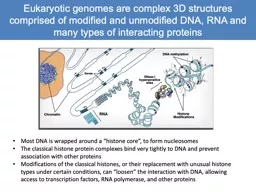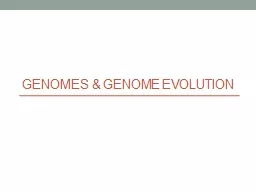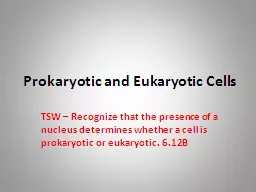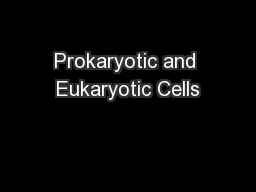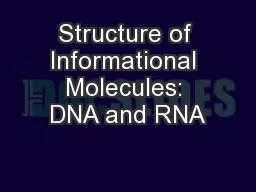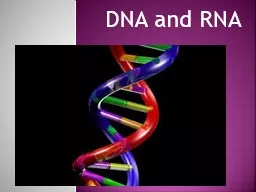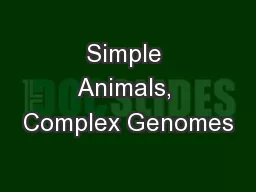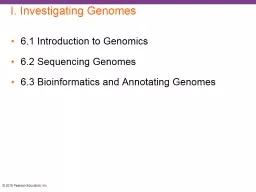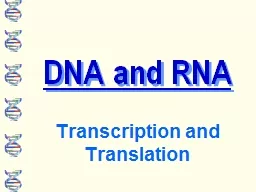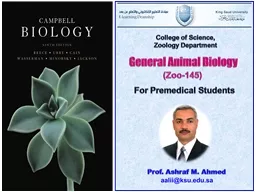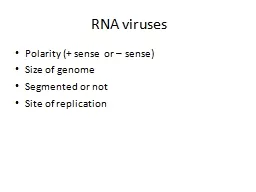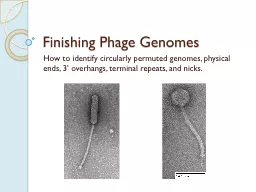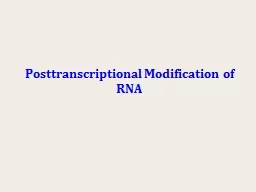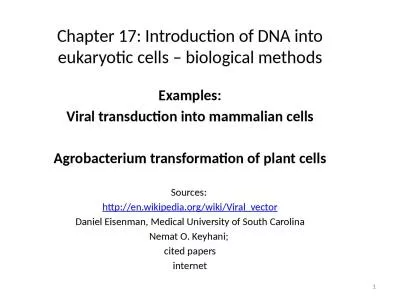PPT-Eukaryotic genomes are complex 3D structures comprised of modified and unmodified DNA,
Author : telempsyc | Published Date : 2020-06-17
Most DNA is wrapped around a histone core to form nucleosomes The classical histone protein complexes bind very tightly to DNA and prevent association with other
Presentation Embed Code
Download Presentation
Download Presentation The PPT/PDF document "Eukaryotic genomes are complex 3D struct..." is the property of its rightful owner. Permission is granted to download and print the materials on this website for personal, non-commercial use only, and to display it on your personal computer provided you do not modify the materials and that you retain all copyright notices contained in the materials. By downloading content from our website, you accept the terms of this agreement.
Eukaryotic genomes are complex 3D structures comprised of modified and unmodified DNA,: Transcript
Download Rules Of Document
"Eukaryotic genomes are complex 3D structures comprised of modified and unmodified DNA,"The content belongs to its owner. You may download and print it for personal use, without modification, and keep all copyright notices. By downloading, you agree to these terms.
Related Documents

